In the realm of culinary traditions, few practices encapsulate the essence of cultural heritage and seasonal delights as vividly as the preparation of zongzi, the sticky rice dumplings wrapped in bamboo leaves that are a staple during the Dragon Boat Festival in China and other parts of East Asia. This timeless dish is not merely a meal; it’s a tapestry of flavors, textures, and sentiments intertwined with history and folklore. At the heart of this culinary art lies a crucial step often overlooked by the uninitiated: the boiling of fresh bamboo leaves. This process, though seemingly simple, holds the key to unlocking the full potential of zongzi, ensuring they are not only delicious but also imbued with the fragrant aroma of freshly cooked bamboo. In this exploration, we delve into the intricacies of boiling fresh bamboo leaves, addressing the question that plagues many a zongzi enthusiast: how long is just right?
The Significance of Fresh Bamboo Leaves
Before diving into the boiling process, it’s essential to understand why fresh bamboo leaves are preferred over dried or frozen alternatives. Fresh leaves offer a unique advantage—they retain a natural, earthy fragrance that complements the sticky rice and fillings perfectly. This fragrance, a blend of subtle sweetness and a hint of grassiness, is released during the cooking process, infusing every bite of zongzi with an unparalleled depth of flavor. Moreover, fresh leaves provide a supple yet sturdy wrapping that holds the zongzi together without cracking or tearing, ensuring a neat and visually appealing presentation.
Preparing the Leaves: A Labor of Love
Before boiling, fresh bamboo leaves undergo a meticulous preparation process. This begins with selecting leaves that are neither too old nor too tender. Older leaves can be brittle and prone to breaking, while overly tender ones might not provide sufficient structural support. Ideally, leaves should be harvested from bamboo plants that are at least a year old, as they offer the perfect balance of flexibility and durability.
Once collected, the leaves need to be thoroughly cleaned. This involves rinsing them under running water to remove any dirt, dust, or insects that may have adhered to them. It’s crucial to handle the leaves gently during this step to avoid damaging their delicate surfaces. After cleaning, the leaves are often soaked in water for a few hours to soften them further and make them more pliable for wrapping.
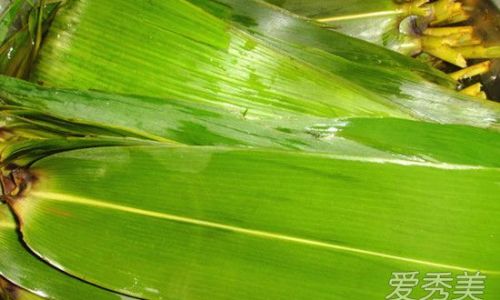
The Boiling Process: A Balancing Act
Now, we arrive at the pivotal question: how long should fresh bamboo leaves be boiled? The answer, as with many culinary endeavors, lies in a delicate balance of time, temperature, and personal preference.
Temperature: The ideal boiling temperature is a rolling boil, which ensures that the water is at its hottest point. This helps to kill any bacteria present on the leaves, softens them evenly, and brings out their natural oils and fragrances.
Duration: The general guideline is to boil fresh bamboo leaves for approximately 5 to 10 minutes. However, this can vary depending on several factors, including the thickness and age of the leaves, the altitude and climate where you are cooking, and even your personal taste preferences. Thinner leaves may require less time to soften, while thicker ones might need a bit longer to achieve the desired texture.
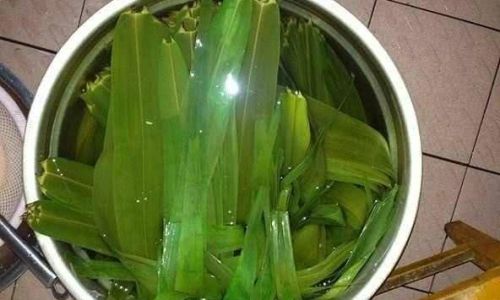
It’s important to note that boiling for too long can result in overly soft leaves that lose their shape and structural integrity, making them difficult to wrap around the sticky rice without tearing. Conversely, boiling for too short a time may leave the leaves insufficiently softened, making them prone to cracking during the wrapping and cooking processes.
Testing for Doneness: To determine if the leaves are ready, you can remove one from the boiling water and let it cool slightly before gently bending it. If it bends easily without breaking, it’s a good indication that they are sufficiently softened. Alternatively, you can inspect the color; cooked leaves should have a slightly darker, more vibrant green hue compared to their raw state.
Beyond Boiling: Enhancing the Flavor
Once the leaves have been boiled, there are additional steps you can take to enhance their flavor and aroma. One popular method is to rinse the boiled leaves in cold water immediately after removing them from the pot. This stops the cooking process and helps to set the color and texture of the leaves. Some cooks also prefer to soak the boiled leaves in a solution of water and a small amount of baking soda for a few minutes. This further softens the leaves and gives them a slightly glossy appearance.
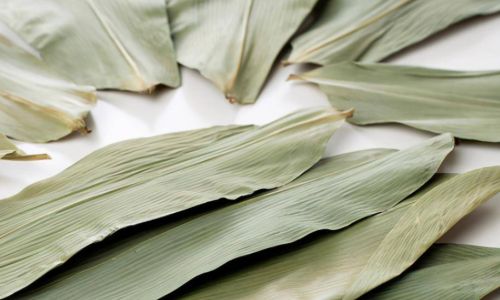
Another technique involves blanching the leaves in boiling water infused with fragrant herbs and spices such as pandan leaves, ginger, or even a splash of rice vinegar. This adds an extra layer of flavor to the leaves, which in turn permeates the zongzi during cooking.
Wrapping Up: The Art of Zongzi Making
With the bamboo leaves properly boiled and prepared, the next step is to wrap the zongzi. This is where creativity and skill come into play. The leaves are folded into a cone or other shapes, filled with sticky rice and various ingredients like sweetened red beans, salted eggs, pork belly, or lotus seed paste, and then sealed tightly to ensure no moisture escapes during cooking.
Once wrapped, the zongzi are boiled or steamed for several hours until the rice is tender and the flavors have fully melded together. The result is a culinary masterpiece that combines the sticky sweetness of the rice, the savory or sweet fillings, and the fragrant, earthy notes of the bamboo leaves.
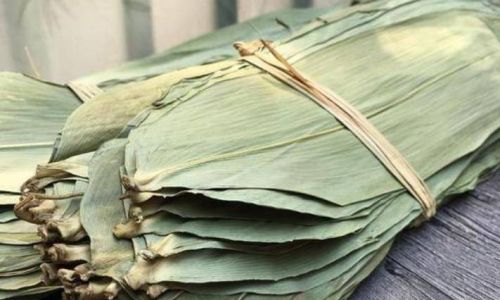
Conclusion: A Timeless Tradition
In the grand tapestry of culinary traditions, the boiling of fresh bamboo leaves for zongzi stands as a testament to the wisdom and ingenuity of our ancestors. It’s a process that requires patience, attention to detail, and a deep understanding of the ingredients involved. By mastering the art of boiling fresh bamboo leaves, we not only ensure the success of our zongzi but also honor the rich heritage and cultural significance of this timeless dish. So, the next time you prepare zongzi, remember: the key to unlocking their full potential lies in the careful boiling of those fresh, fragrant bamboo leaves. Happy cooking!
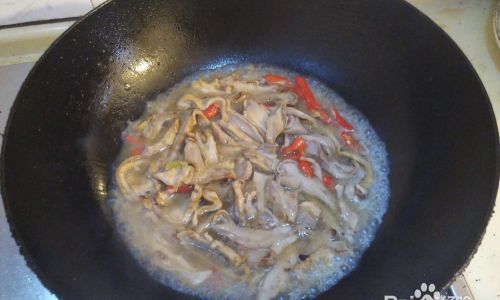
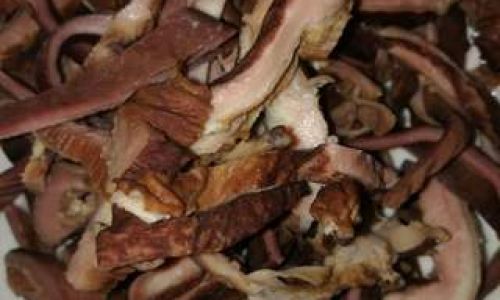
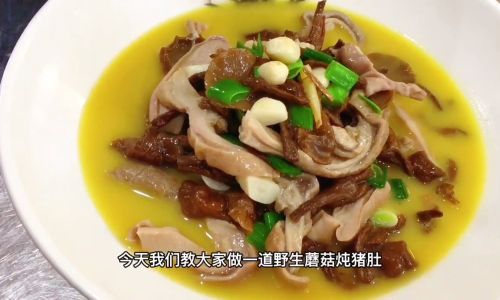
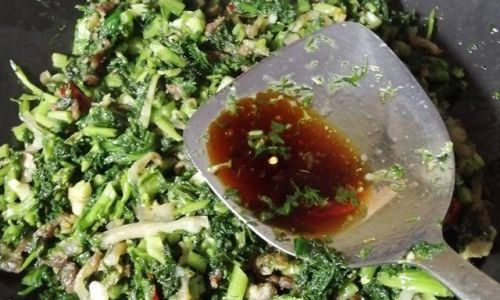
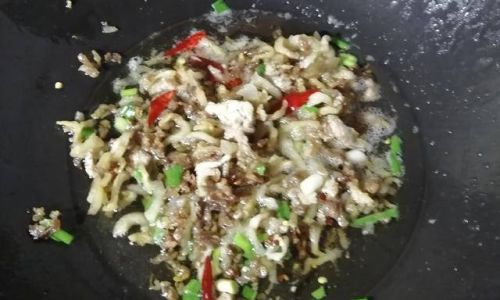
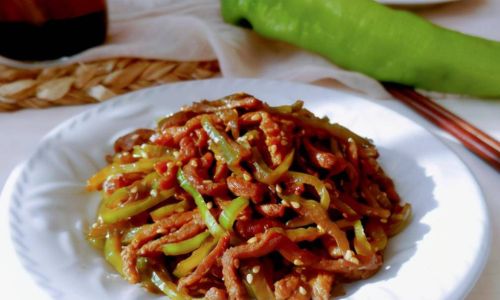
0 comments